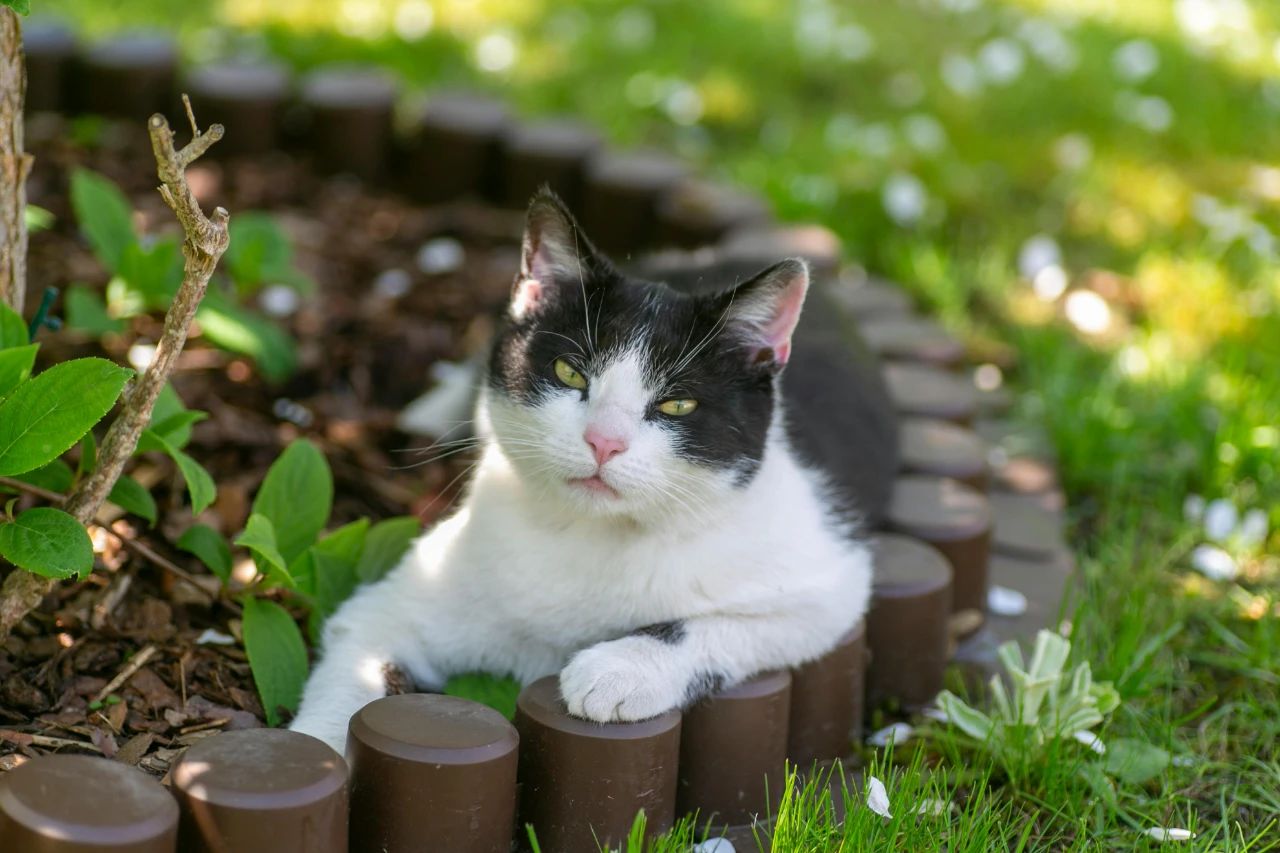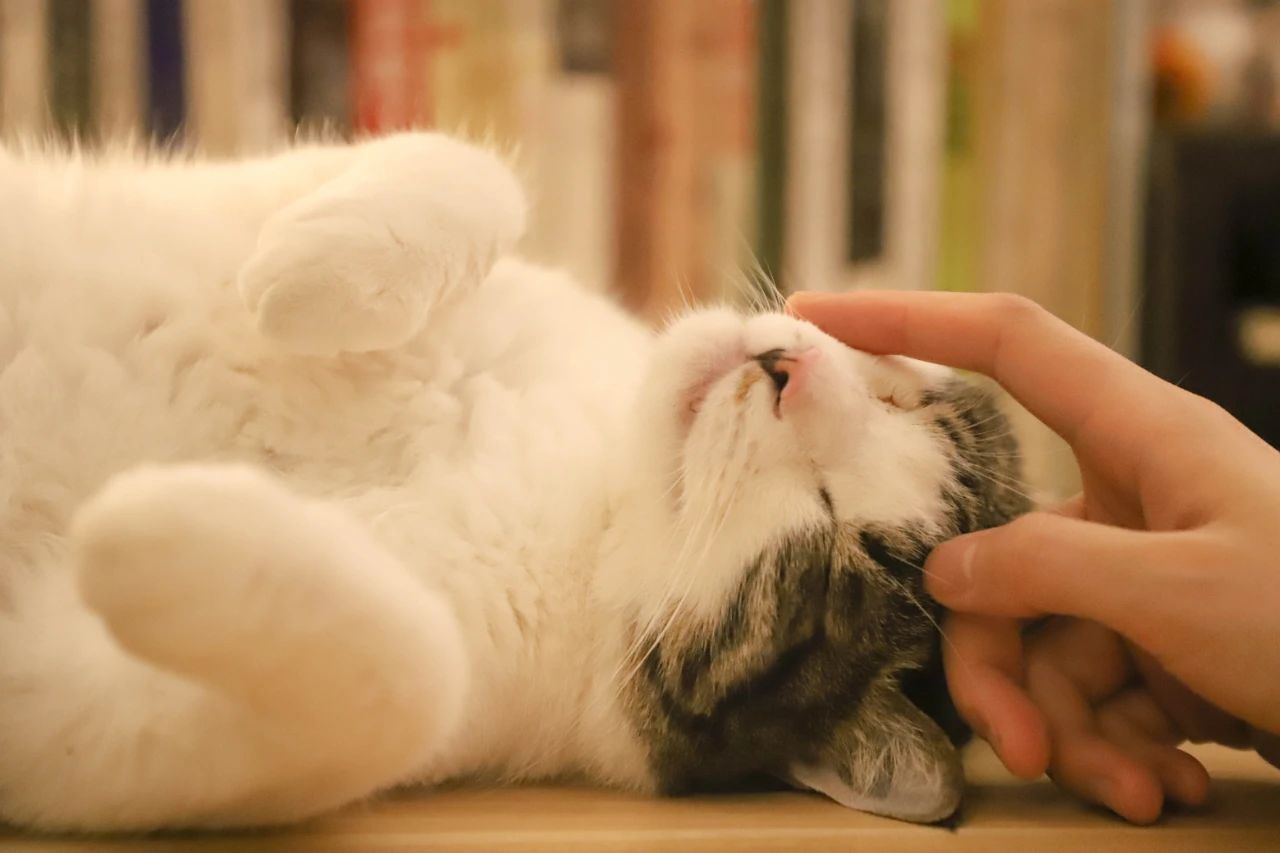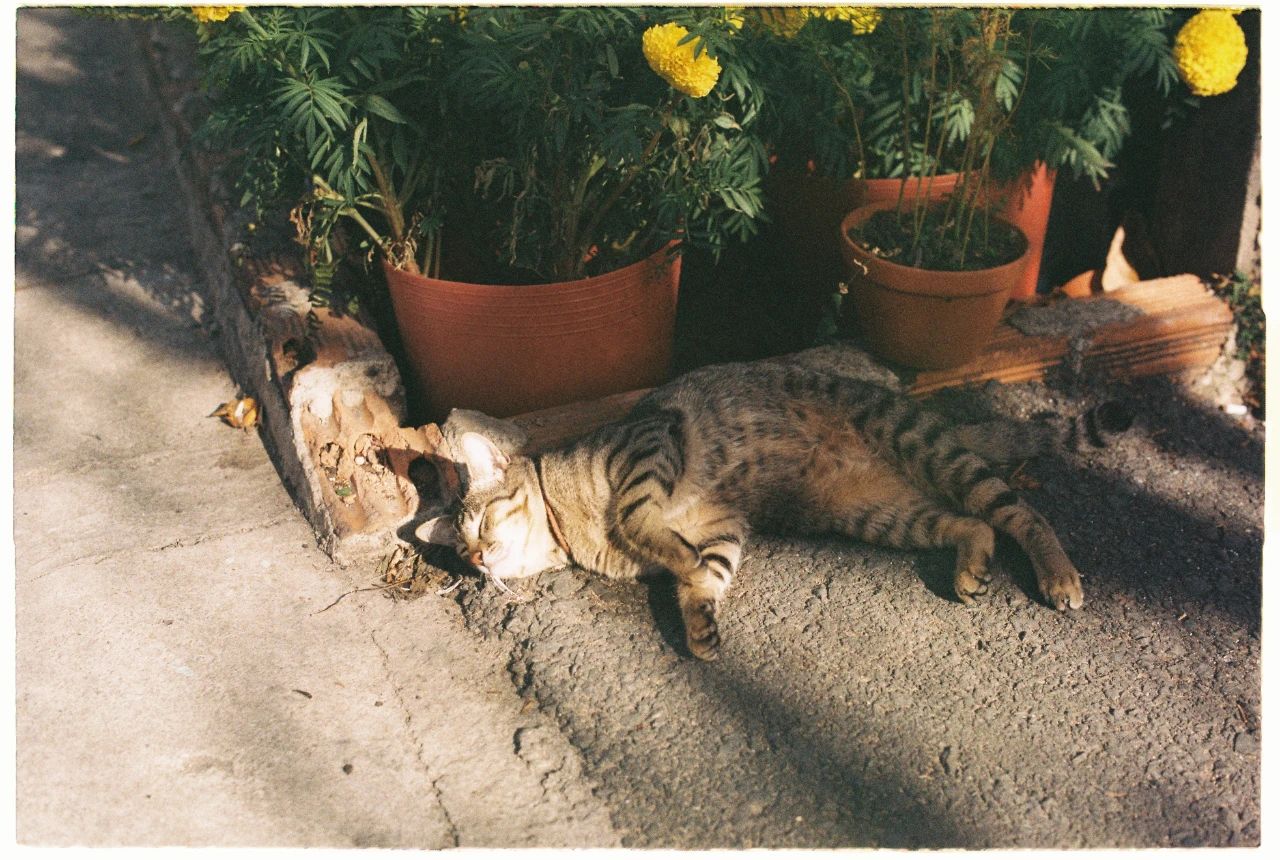The development trend of American pet market can be seen from the change of American pet family expenditure
Pet Industry Watch news, recently, the U.S. Bureau of Labor Statistics (BLS) released a new statistic on the spending of American pet families. According to the data, American pet families will spend $45.5 billion on pet food in 2023, which is an increase of $6.81 billion, or 17.6 percent, over the amount spent on pet food in 2022.
It is important to note that the spending data compiled by the BLS is not exactly the same as the regular sales concept. U.S. sales of dog and cat food, for example, will reach $51 billion in 2023, according to Packaged Facts, and that doesn’t include pet treats. From this point of view, the U.S. Bureau of Labor Statistics’ spending data includes all consumable pet products.
On top of that, the BLS data points out that overall U.S. pet care spending in 2023 will reach $117.6 billion, an increase of $14.89 billion, or 14.5 percent. Among the industry segments, veterinary services and products saw the largest growth, reaching 20%. It is second only to pet food in spending, reaching $35.66 billion. Spending on pet supplies rose 4.9 percent to $23.02 billion; Pet services grew 8.5 percent to $13.42 billion.
Breaking down pet families by income stage, unlike the norm in recent years, the highest income pet families in the past will see the largest increase in pet food spending, but in 2023, the lower income group will see the largest increase. At the same time, spending increased across all income groups, with a minimum increase of 4.6 percent. Specifically:
U.S. pet families earning less than $30,000 a year will spend an average of $230.58 on pet food, a 45.7 percent surge from 2022. The group’s total spending reached $6.63 billion, accounting for 21.3% of the nation’s pet families.
Even higher spending comes from pet families earning between $100,000 and $150,000 a year. This group, which makes up 16.6% of the nation’s pet households, will spend an average of $399.09 on pet food in 2023, an increase of 22.5%, for a total expenditure of $8.38 billion.
Between the two, pet families earning between $30,000 and $70,000 a year increased their pet food spending by 12.1 percent, spending an average of $291.97 for a total of $11.1 billion. This group’s total spending exceeds that of those earning less than $30,000 a year, as they make up 28.3% of the nation’s pet households.
Those earning between $70,000 and $100,000 a year accounted for 14.1% of all pet families. The average amount spent in 2023 was $316.88, up 4.6 percent from the previous year, for a total spending of $6.44 billion.
Finally, those earning more than $150,000 a year make up 19.8 percent of all pet households in the United States. This group spent an average of $490.64 on pet food, up 7.1 percent from 2022, for a total spend of $12.95 billion.
From the perspective of pet users at different age stages, the expenditure changes in all age groups show a mixed trend of increase and decrease. And as with income groups, the increase in spending has brought some surprises.
Specifically, pet owners aged 25-34 increased their spending on pet food by 46.5 percent, those under 25 increased their spending by 37 percent, those aged 65-75 increased their spending by 31.4 percent, and those over 75 increased their spending by 53.2 percent.
Although the proportion of these groups is small, accounting for 15.7%, 4.5%, 16% and 11.4% of the total pet users, respectively; But the youngest and oldest age groups saw higher increases in spending than the market had expected.
In contrast, the age groups 35-44 years old (17.5% of total pet owners) and 65-74 years old (16% of total pet owners) saw more typical changes in spending, increasing by 16.6% and 31.4%, respectively. Meanwhile, spending by pet owners aged 55-64 (17.8%) decreased by 2.2%, and spending by pet owners aged 45-54 (16.9%) decreased by 4.9%.
In terms of spending, pet owners aged 65-74 led the way, spending an average of $413.49 for a total expenditure of $9 billion. This was followed by those aged 35-44, who spent an average of $352.55, for a total expenditure of $8.43 billion. Even the smallest group – pet owners under the age of 25 – will spend an average of $271.36 on pet food in 2023.
The BLS data also noted that while the increase in spending is positive, it may be affected by the monthly inflation rate for pet food. But at the end of the year, pet food prices were still nearly 22 percent higher than at the end of 2021 and nearly 23 percent higher than at the end of 2019, before the pandemic. These long-term price trends remain largely unchanged in 2024, meaning some of this year’s increase in pet food spending will also be due to inflation.
Post time: Oct-12-2024






